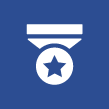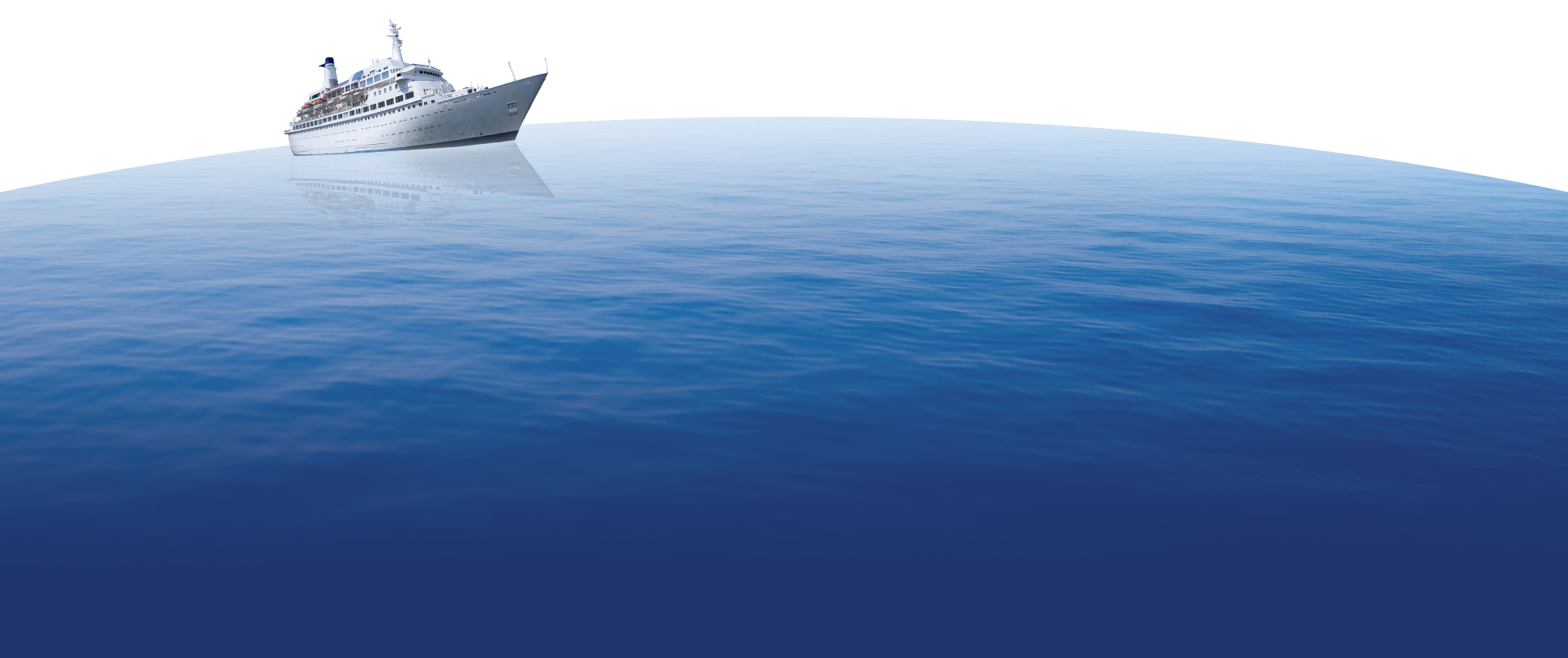Exploring the Bow: Uncovering the Secrets of Parts of a Ship
Introduction
Ahoy, adventure seekers and sea lovers! Prepare to embark on a thrilling journey as we set sail into the captivating world of ships. Today, our compass points us towards the bow. That magnificent front part of a vessel that holds many untold tales and hidden mysteries.
Join us as we dive deep into the secrets held within this nautical wonderland. Unraveling its history, significance, and fascinating features along the way. Brace yourselves for an expedition like no other as we explore "The Bow: Uncovering the Secrets of parts of a ship." Let's hoist anchor and begin this exhilarating voyage together!
Ahoy, fellow adventurers and maritime enthusiasts! Prepare to embark on an exhilarating journey as we dive deep into the captivating world of ships. In this blog post, we set our sights on a crucial yet often overlooked part - the majestic bow.
With its sleek curves slicing through the waves and its secrets veiled beneath layers of history. It is time to unravel the mysteries that lie within. Join us as we uncover the hidden stories etched in every plank. Unveiling tales of triumphs and tragedies that have shaped naval exploration. So grab your compasses and brace yourselves for an expedition like no other – let's explore the bow together!
Introduction to the Bow
Bow of a ship is its most forward part. It is often called the "head" or "forecastle." Bow is the pointy end of the ship that cuts through the water. It is also where the anchor is located.
Bow is a very important part of a ship because it helps the ship move through the water and keep its course. Without a strong bow, a ship would be sluggish and would not be able to make sharp turns. The bow is also where the majority of the crew is located.
Front parts of a ship are most forward-facing part of the vessel, and as such, it's often the first thing people notice about a ship. Bow is also where the ship's principal lines originate.
Word "bow" can be used to refer to several different things on a ship. It can be used to describe the very front parts of a ship. Or it can be used interchangeably with "forecastle" to describe the area of deck at the very front of the ship. Bow can also refer to the prow, which is the vertical pointy part of the hull that extends into the water.
No matter how you use the term, there is no denying that the bow is an important part of any vessel. In this article, we will take a closer look at all aspects of the bow and explore some of its secrets.
History of parts of a ship
Bows have always been an important parts of a ship. They were originally used to help the ship navigate through shallow waters and then later as a way to protect the ship from enemy fire. Bow also became a status symbol for a ship, with the most ornate and elaborate bows reserved for the most important vessels.
-
Bows first began appearing on ships in the 13th century, although they were not yet used for navigation. Instead, they were primarily decorative, often featuring intricate carvings or paintings. It wasn't until the 15th century that bows started to be used for navigation purposes. This was because of the invention of the compass, which made it possible to plot a course without having to rely on visual landmarks.
-
Use of bows for protection against enemy fire also dates back to the 15th century. Ships would be equipped with large cannons that could fire at enemies who were trying to board the vessel. The cannonballs would often bounce off of the bow, making it an effective barrier against attackers.
-
Over time, bows have become less essential for both navigation and protection purposes. Modern ships are equipped with GPS and other navigational tools that make it unnecessary to have a bow pointing in the right direction. And advances in weaponry have made cannons much less effective against enemy ships. However, bows still retain their symbolic importance, and many vessels still feature them prominently at the front of the ship.
Types of Bows
There are many different types of bows, each with their own unique shape and function. Most common type of bow is the round bow, which is used on most ships. However, there are also square bows, which are often used on smaller ships. And beak bows, which are used on very large ships. There are also a variety of other less common types of bows, such as the double-ended bow and the raked bow.
-
There are three main types of bows: the clipper bow, the barque bow, and the full-rigged ship bow. Each type has its own unique characteristics that make it suitable for different types of ships.
-
Clipper bow is the most popular type of bow. It is characterized by its long, sleek lines and its sharp prow. This type of bow is designed for speed and is often used on racing yachts and other fast boats.
-
Barque bow is a more traditional type of bow. It is distinguished by its square shape and heavy construction. This type of bow is designed for strength and stability, making it ideal for large cargo ships. And other vessels that need to be able to withstand rough seas.
-
Full-rigged ship bow is the most ornate type of bow. It is characterized by its multiple sails and abundance of rigging. This type of bow was once common on all types of ships. But today it is mostly seen on tall ships that are used for pleasure cruises or as part of a sailing regatta.
Anatomy of a Bow
-
A bow is the front part of a ship. It is usually the most pointed and decorated part of the ship. Bow is designed to cut through water and help the ship move forward. There are many different parts to a bow, including the stem, bowsprit, forecastle, and prow. Each part serves a different purpose and helps the bow perform its function.
-
Sea freight services in UAE can be advantageous over other modes of transportation. Such as air freight, because it allows for greater flexibility in terms of shipping time and location.
Advantages and Disadvantages of Different Bow Designs
-
There are many different bow designs, each with its own advantages and disadvantages. The most common bow designs are the clipper bow, the flushing deck bow, and the forecastle bow. Clipper bow is the most efficient design for sailing into the wind. It is characterized by a long, slender hull and a large foresail. The main disadvantage of this design is that it is difficult to turn without losing speed.
-
Flushing deck bow is designed for sailing in open water. It is characterized by a wide hull and a small foresail. The main advantage of this design is that it is easy to turn. Main disadvantage of this design is that it is not as fast as the clipper bow.
-
Forecastle bow is designed for sailing in rough water. It is characterized by a high prow and a large foresail. Main advantage of this design is that it can handle large waves without capsizing. Main disadvantage of this design is that it is slow and difficult to turn.
Safety Features Found on Modern Bows
When it comes to safety, there are a few key features to look for in a modern bow.
First and foremost, the bow should be equipped with an inflatable life raft. This is an essential safety feature that can mean the difference between life and death in an emergency situation.
In addition to an inflatable life raft, another important safety feature to look for in a modern bow is a set of strong and sturdy anchor lines.
These lines are used to tie the bow of the ship to a dock or other solid object in order to keep it from drifting away. Without these lines, the ship could be at risk of breaking free and drifting out to sea.
Another key safety feature found on many modern bows is a GPS tracking system. This system can be used to track the location of the ship in case it ever goes off course or gets lost at sea.
With this system in place, rescuers will be able to quickly locate and rescue any crew members who may be in danger.
Front parts of a ship
Front part of a big ship is called the bow. It is the most important part of the ship because it's where the captain stands to steer the ship. Front part of a big ship also where the anchor is located.
Front part of a big ship is an important area that often goes overlooked. In this blog article, we will take a closer look at the bow and uncover some of its secrets.
Bow is the first line of defense against waves and bad weather, so it's important that it be strong and sturdy. The shape of the parts of a ship also helps to deflect waves and keep the ship stable in rough seas.
No matter what type of bow your ship has, there are several key features that all bows share. These include the forecastle (the raised deck at the front of the ship), anchor lines (to secure the anchors), and hawse pipes (to guide the anchor chains).
The forecastle is a raised platform at the very front of the ship. It is usually where the anchor lines are located, as well as any other heavy equipment that needs to be close to the waterline (such as mooring lines and fenders). Forecastle also provides extra space for crew members to work in when docking or setting anchor. Anchor lines are used to secure the anchors to the ship.
Front part of a big ship repair
Front part of a big ship repair is an important area for repair and maintenance. It is where the ship's hull meets the waterline and is subject to constant wear and tear. Front part of a big ship repair must be strong enough to withstand the force of the waves, as well as the weight of the ship's cargo.
-
Shipyards typically have large dry docks in which they can bring in ships for repairs. The dry dock protects the ship from the elements while workers have access to it. During Front part of a big ship repair, the workers will often use welding torches to join metal plates together. They will also use power tools to drill holes and remove old rivets.
Front part of a big ship company
-
The main advantage of Sea freight from UAE to India is that it is fast, efficient, and reliable. Goods can be transported quickly to different parts of the world. There are also few delays and less need for storage space.
RMS Parts of a ship
RMS parts of a ship is an essential and iconic component. It is the first thing that people see when they look at a ship, and it can be said that the bow represents the ship as a whole. RMS Front part of a big ship is also the part of the ship that is most exposed to the elements, so it is important to keep it in good condition.
There are many secrets to the bow of a ship, and in this article we will uncover some of them.
First secret is that the shape of the bow can affect the speed of the ship. A pointed bow will help the ship to cut through water more easily. While a rounder bow will provide more stability in rough conditions.
Second secret is that there are often two levels to the bow, with a lower level that is used for storage or as living quarters for crew members. Upper level is generally reserved for officers and passengers.
Third secret is that there are often statues or other decorations on the bows of ships. These decorations can be purely aesthetic, or they can have meaning or symbolism associated with them. For example, many ships have figureheads on their bows. Which represent different things such as power, strength, or good luck. Whatever their meaning, these decorations add to the overall beauty of the ship.
Fourthly, the location of certain rooms and areas on a ship can be determined by looking at the bow. For example, the bridge will usually be located towards the.
Conclusion
Exploring the bow of a ship is an exciting experience that reveals many secrets about a vessel's history.
From the artifacts it carries, to its unique design and decorations, every bow has something special to offer.
We hope this article gave you a better understanding of what makes up a bow. And inspired you to take your own voyage of discovery next time you are out at sea!
FIGURES AT A GLANCE ABOUT RMS
29
Years of History
1000+
Employees
15
Offices Worldwide
35000M²+
Warehouse
10
Workshops
100+
Professional
Technicians
3400M²
Dry Food
Warehouse
1500M²
Cold Storage
Facilities
20,000
Avg. Ships
Supplied/Year
2500+
NB Initial Supply
China: RMS Marine Service Company Ltd.
Korea: ACE-RMS Marine Service Co., Ltd.
Singapore: RMS Marine & Offshore Service (S) Pte Ltd.
Europe:RMS Marine Service B.V.
We are committed to achieving total customer satisfaction and aiming to be your Reliable &
Responsive partner in marine and offshore and cruise industry. We focus on expertising and
diversifying our services and products to create the best value for our clients consistently,
whilst fulfilling our responsibility to society and environment.














 Hotlines for RMS Group:
Hotlines for RMS Group: